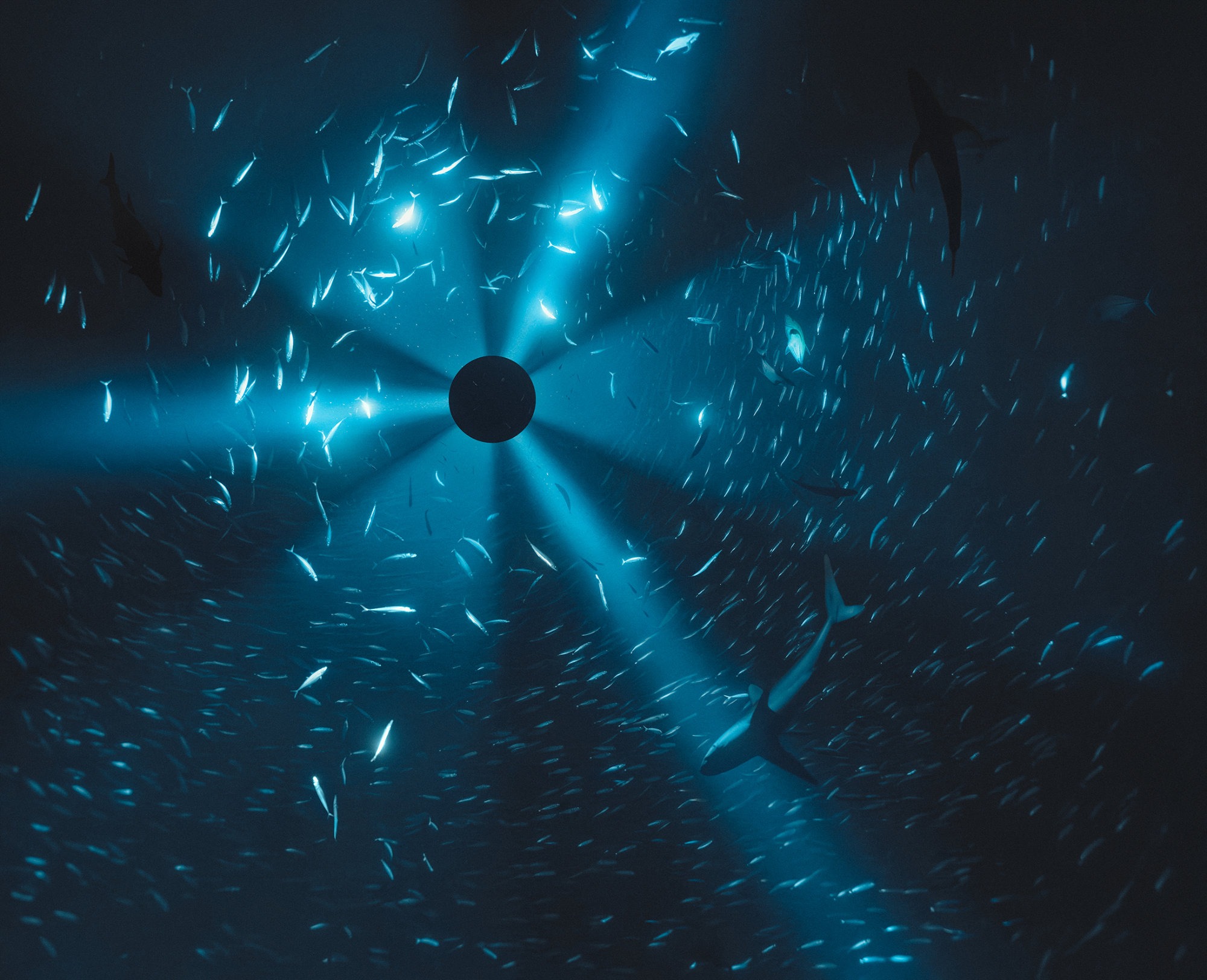Julian Charrière
Midnight Zone
11 Jun - 02 Nov 2025
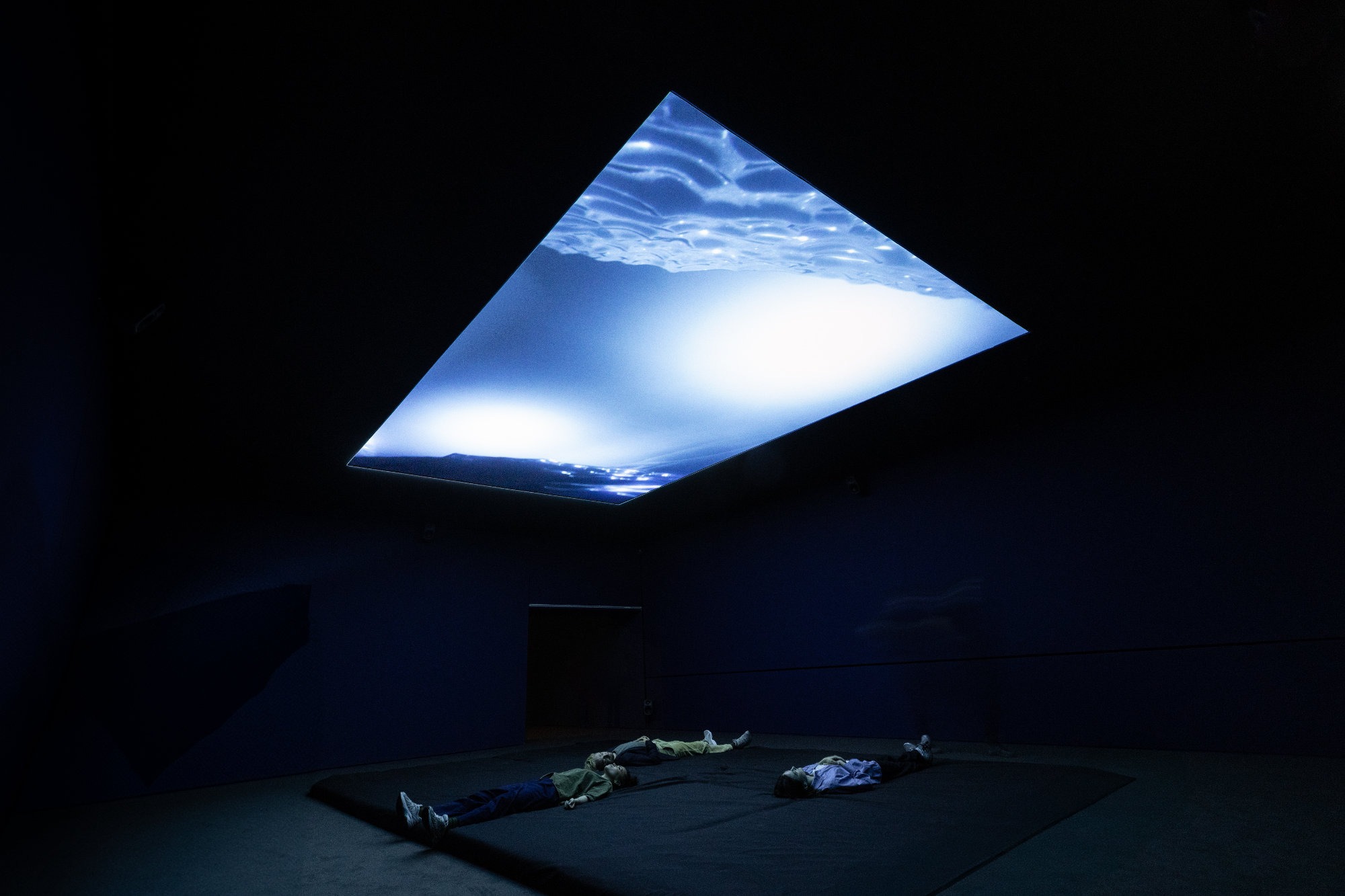
Julian Charrière, Midnight Zone, installation view at Museum Tinguely, Basel, 2025, photo: Matthias Willi
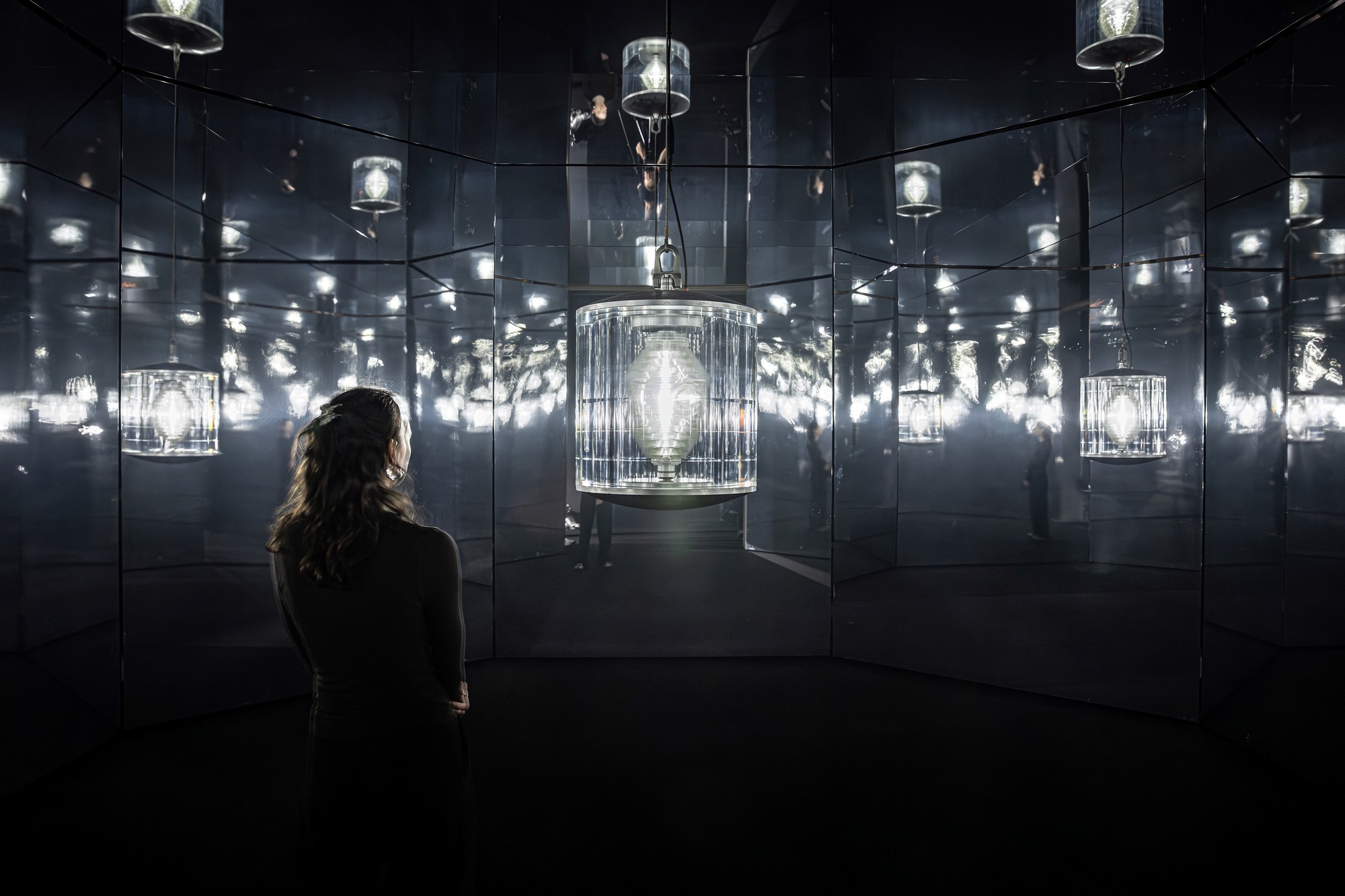
Julian Charrière, Midnight Zone, installation view at Museum Tinguely, Basel, 2025, photo: Matthias Willi
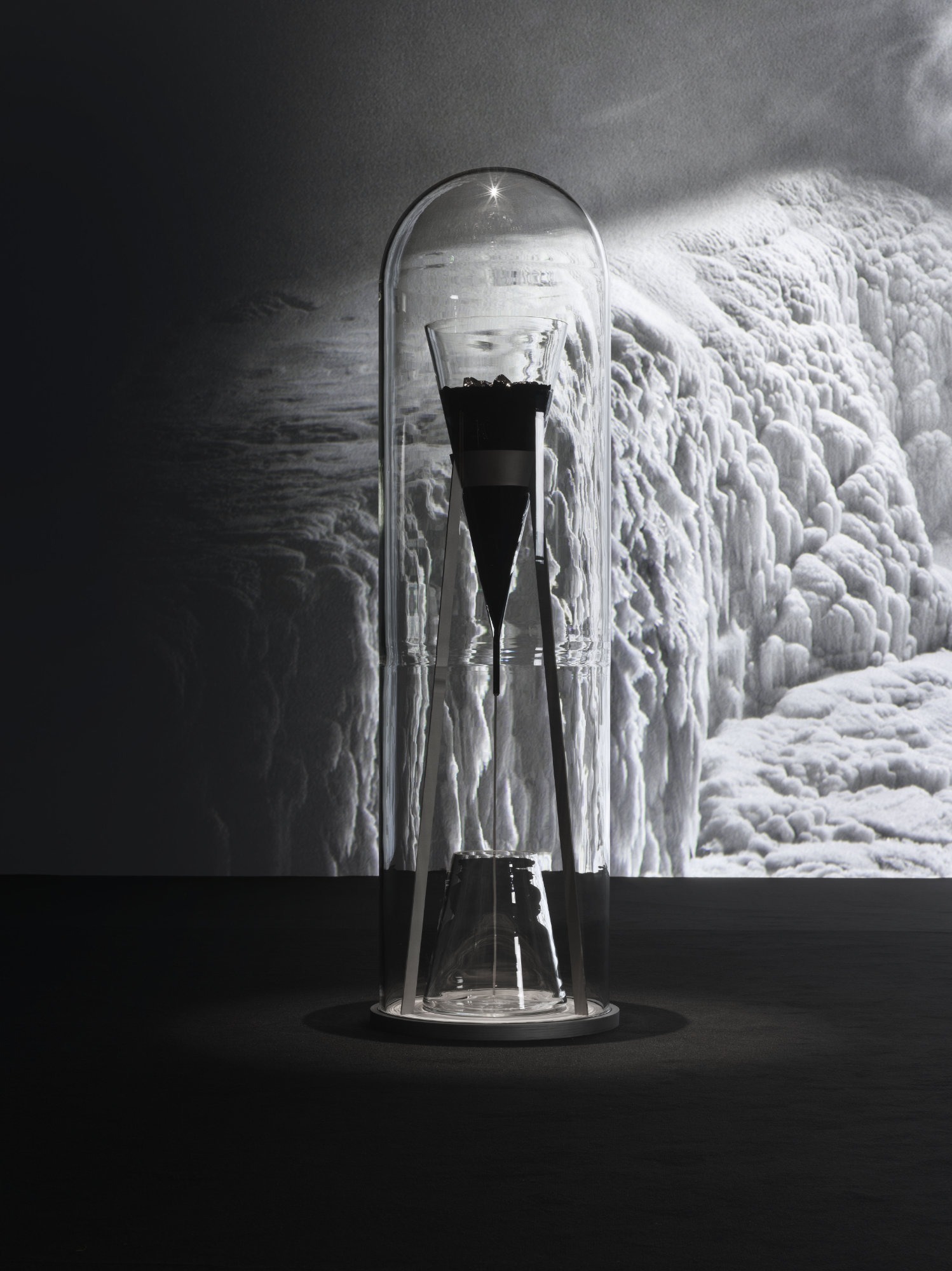
Julian Charrière, Midnight Zone, installation view at Museum Tinguely, Basel, 2025, photo: Jens Ziehe
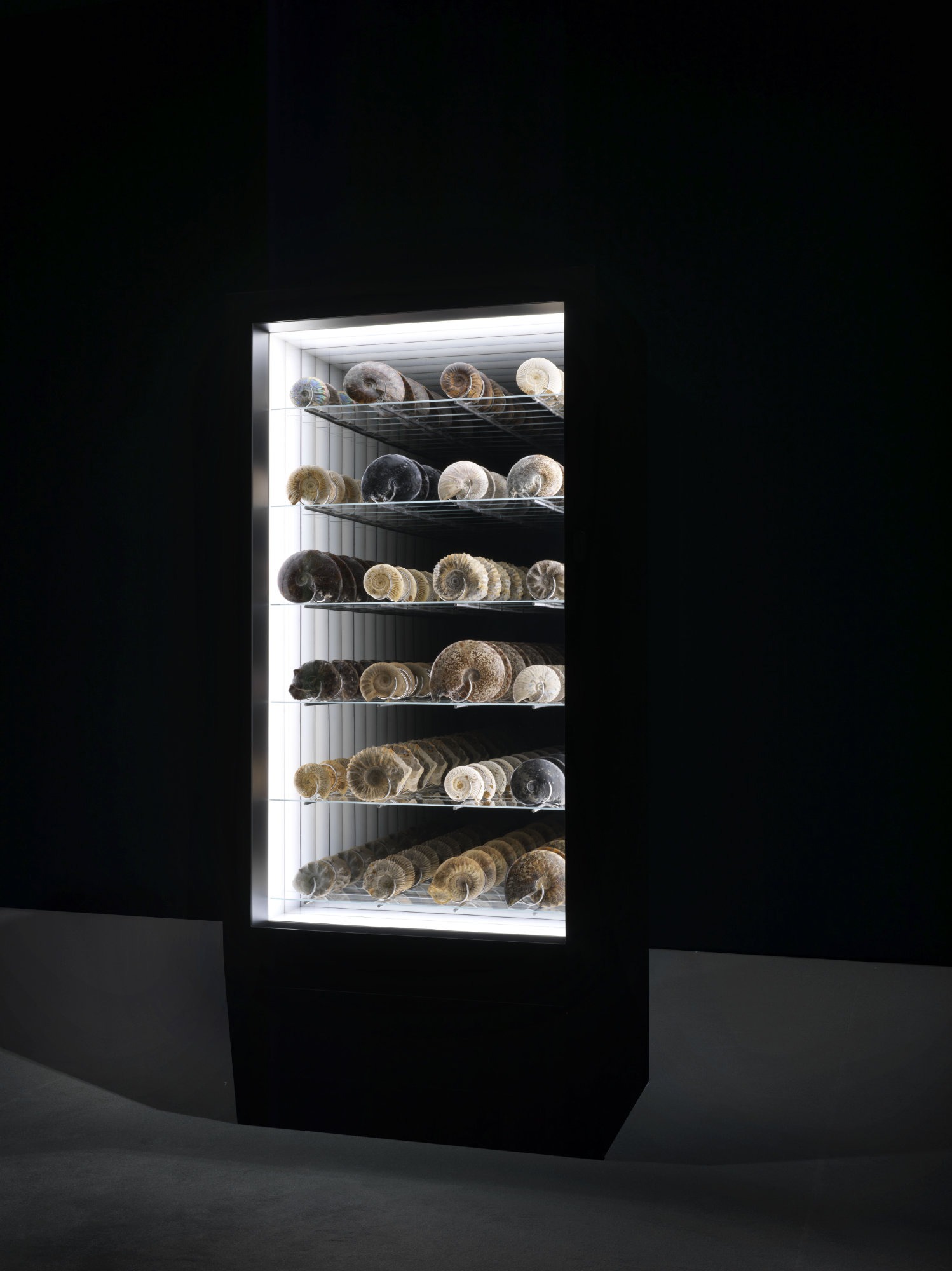
Julian Charrière, Midnight Zone, installation view at Museum Tinguely, Basel, 2025, photo: Jens Ziehe
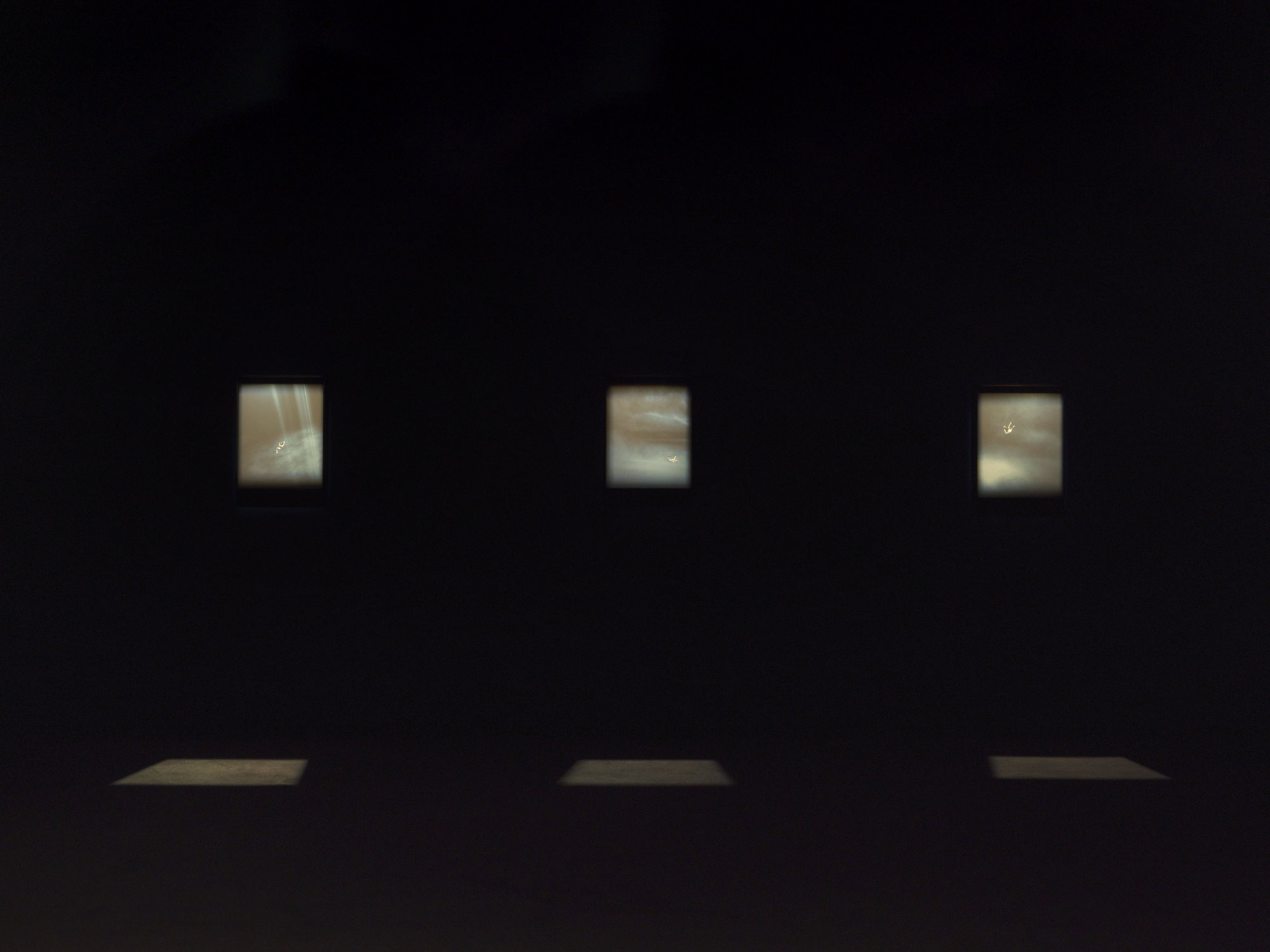
Julian Charrière, Midnight Zone, installation view at Museum Tinguely, Basel, 2025, photo: Jens Ziehe
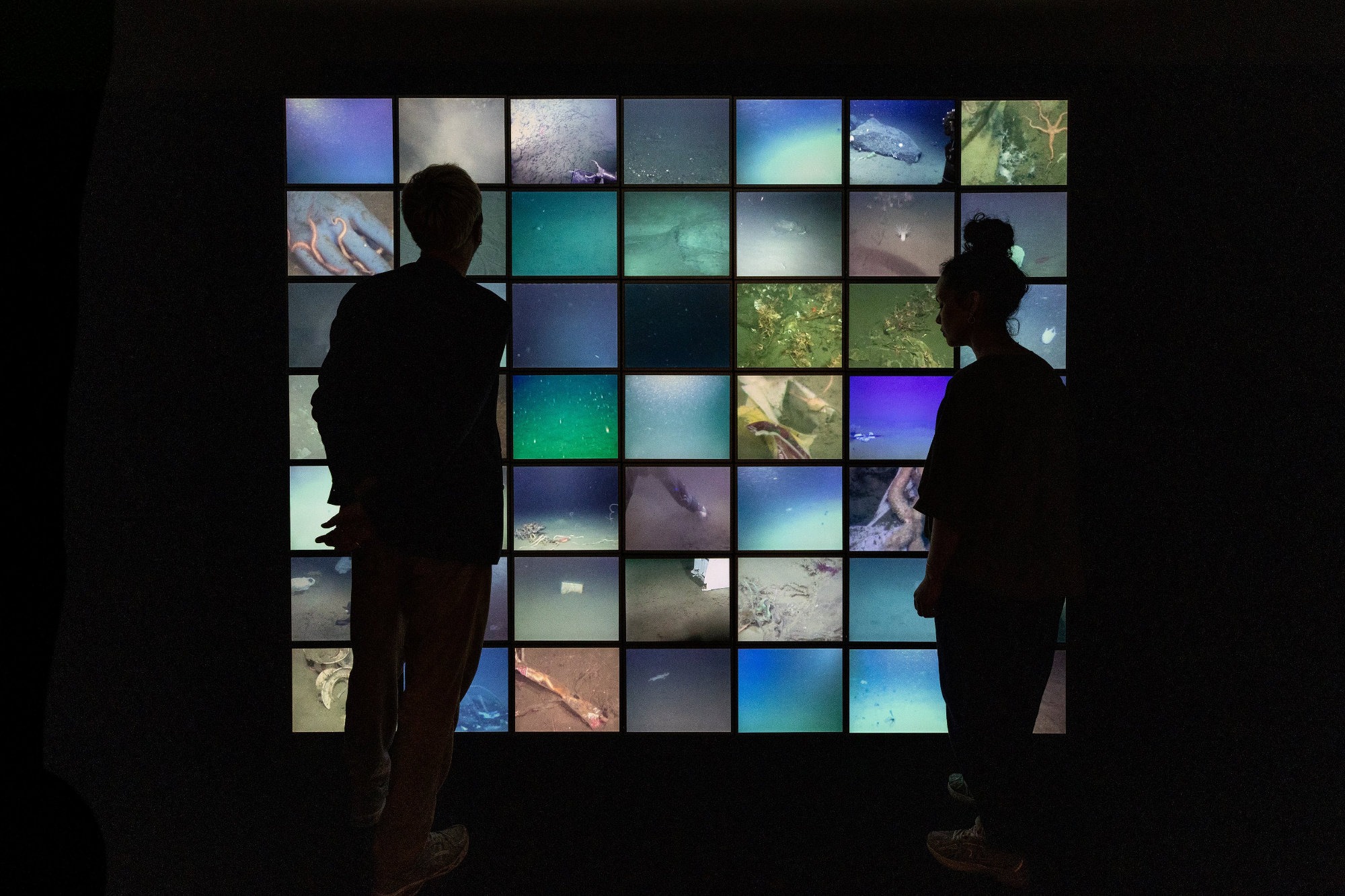
Julian Charrière, Midnight Zone, installation view at Museum Tinguely, Basel, 2025, photo: Matthias Willi
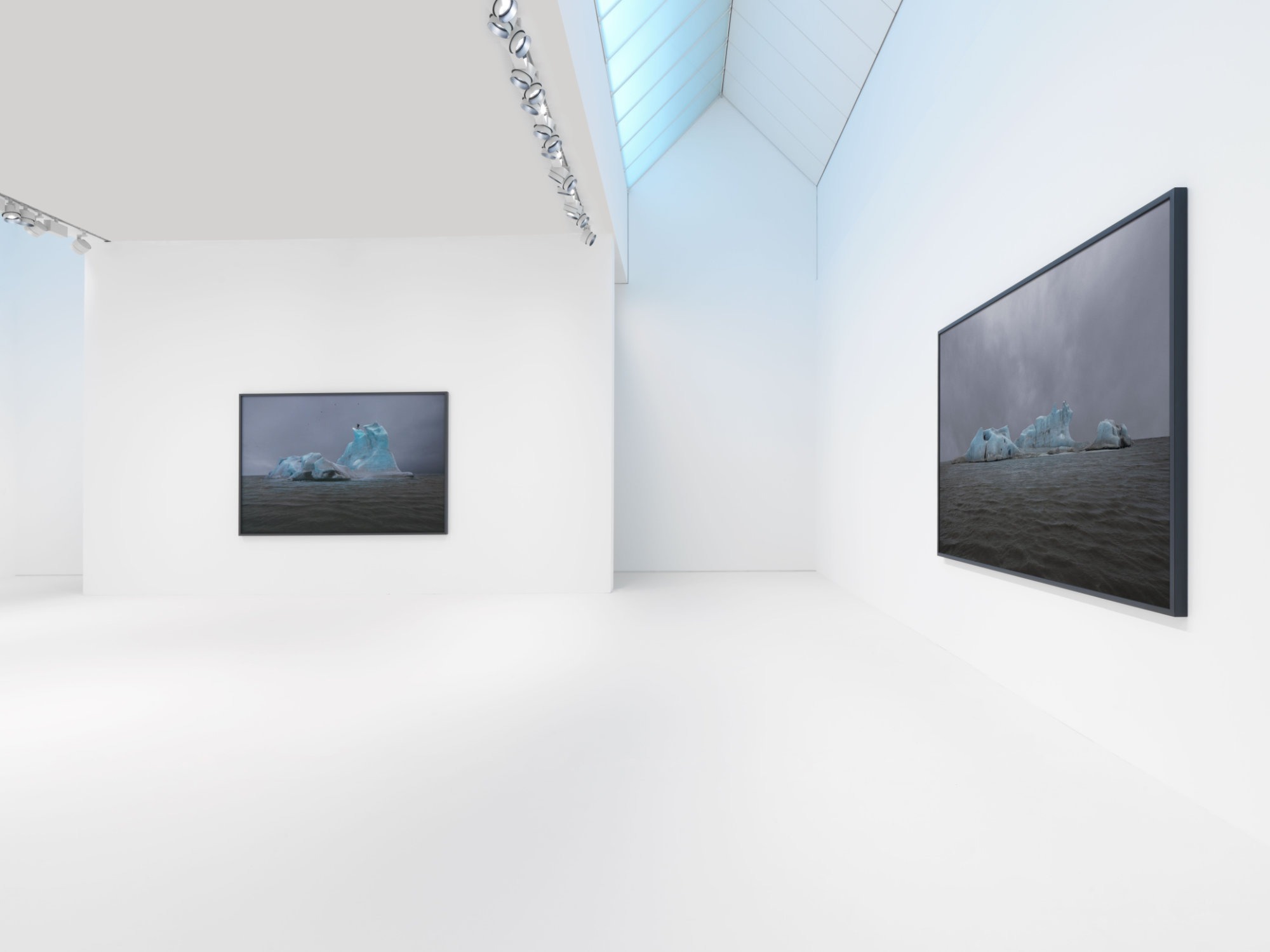
Julian Charrière, Midnight Zone, installation view at Museum Tinguely, Basel, 2025, photo: Jens Ziehe
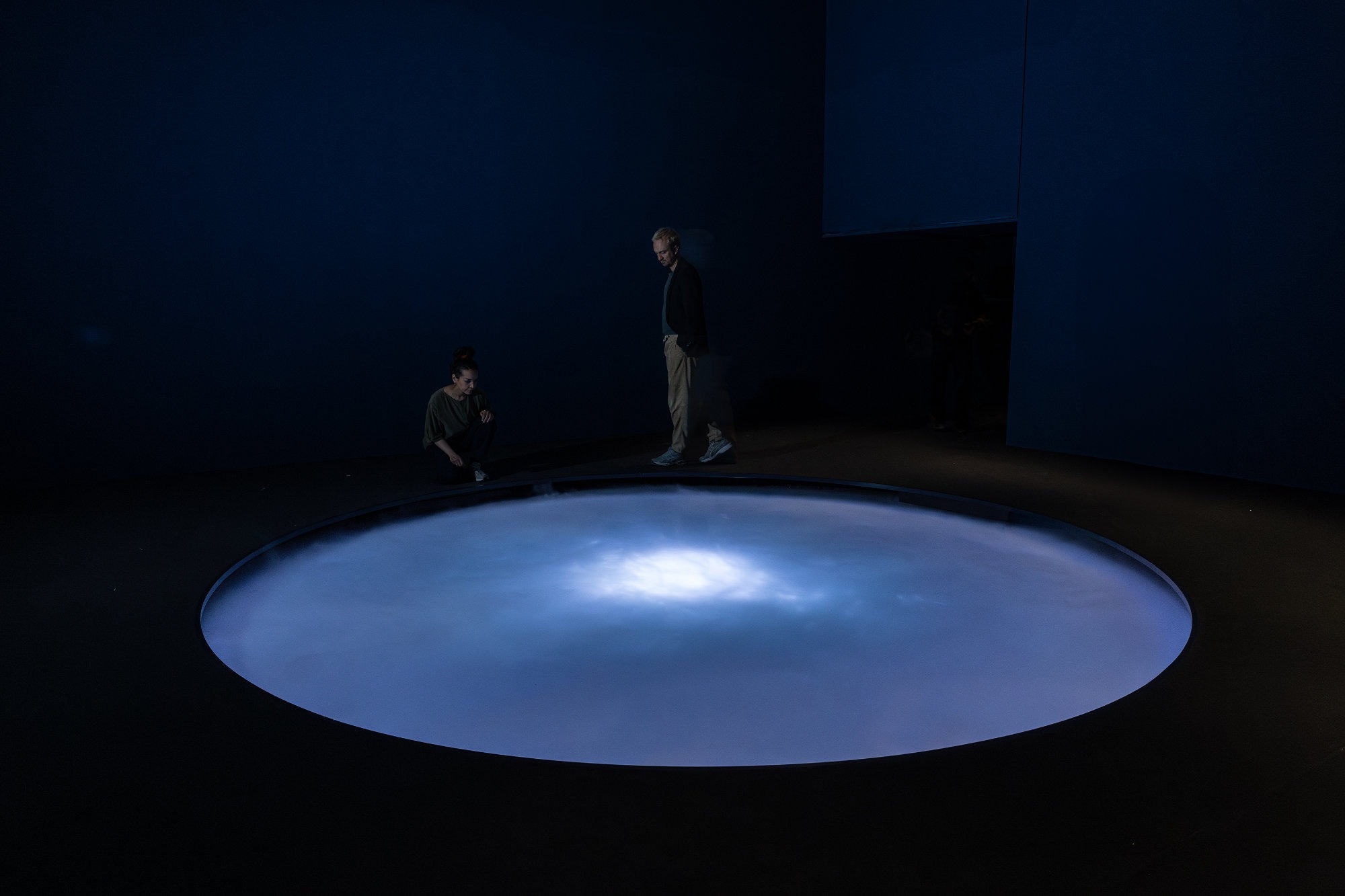
Julian Charrière, Midnight Zone, installation view at Museum Tinguely, Basel, 2025, photo: Matthias Willi
A core concern of French-Swiss artist Julian Charrière is how human beings inhabit the world and how the world, in turn, inhabits us. The comprehensive solo exhibition at Museum Tinguely presents photographs, sculptures, installations and new video works that deal with our relationship to Earth as a world of water—a liquidity that covers most of our planet with seas, lakes and ice, both habitat for a myriad of organisms and host to circulatory systems critical for the stability of our climate.
Unfolding over three floors, the exhibition Midnight Zone engages with underwater ecologies, from the influential local presence of the Rhine to distant oceans, exploring the complexity of water as an elemental medium affected by anthropogenic degradation. Reflecting upon its flow and materiality, profundity and politics, its mundane and sacral dimensions, the solo show acts as a kaleidoscope, inviting us to dive deep.
In Midnight Zone, Julian Charrière invites visitors to think and feel with water: as atmosphere, memory, movement and kin. Drifting between deep-sea descent and cryospheric suspension, the exhibition unfolds as an immersive reflection on fluid worlds—not the sea as surface, but as substance, where boundaries dissolve. The artist considers this not only as a space to be entered, but as a world we can sink into and move within—becoming porous to its pressures, its depths, its dreams.
The exhibition brings together a series of elemental investigations—earlier works alongside major new commissions that trace Charrière’s long-standing exploration of environmental thresholds. Unfolding over three floors, the exhibition’s focus is on water not as a motif, but as a medium: the material through which histories sediment, crises unfold, and forms change state. The title refers to the bathypelagic zone of the ocean, where sunlight vanishes and vision fades.
In the eponymous film Midnight Zone (2025), a lighthouse Fresnel lens—a device meant to guide from a distance—is inverted and lowered into the abyss. Shot using a remotely operated deep-sea vehicle, the descent is both literal and metaphysical: a journey into a space that resists orientation, where polymetallic nodules—objects of industrial desire—rest amid ancient ecologies.
Light here does not reveal; it fractures. The work hovers between dreams, illuminating the blind spots in our pursuit of progress.
In Albedo (2025), filmed beneath the arctic ocean between icebergs, the gaze shifts again. This time, the viewer follows water as it slips between solid, liquid, and vapor—a choreography of phase change unfolds in real time. Rather than rendering melting as catastrophe, the film resists the sublime, offering a study in flux, in atmospheres and absences. It reveals the sea as a kind of thought: unbounded, destabilizing and impossible to contain. The camera floats, reframes, releases. There are no fixed perspectives—only drift, suspension, dispersal.
These two film works anchor the exhibition that unfolds like a hydrological system—moving between material states, spatial logics and emotional registers. Set against the backdrop of Basel and its riverine histories, Midnight Zone is attuned to the political and infrastructural presence of water. As a link between glaciers and oceans, the Rhine runs quietly beneath the museum—both a vector of trade and a climate-sensitive vein.
Sound, too, moves like a current throughout the exhibition—subtle, immersive and subaqueous—shaping a synesthetic experience that invites the visitor not only to look, but to listen, to feel, and to attune to another mode of sensing: one closer to being at rest, suspended, as if underwater.
Unfolding over three floors, the exhibition Midnight Zone engages with underwater ecologies, from the influential local presence of the Rhine to distant oceans, exploring the complexity of water as an elemental medium affected by anthropogenic degradation. Reflecting upon its flow and materiality, profundity and politics, its mundane and sacral dimensions, the solo show acts as a kaleidoscope, inviting us to dive deep.
In Midnight Zone, Julian Charrière invites visitors to think and feel with water: as atmosphere, memory, movement and kin. Drifting between deep-sea descent and cryospheric suspension, the exhibition unfolds as an immersive reflection on fluid worlds—not the sea as surface, but as substance, where boundaries dissolve. The artist considers this not only as a space to be entered, but as a world we can sink into and move within—becoming porous to its pressures, its depths, its dreams.
The exhibition brings together a series of elemental investigations—earlier works alongside major new commissions that trace Charrière’s long-standing exploration of environmental thresholds. Unfolding over three floors, the exhibition’s focus is on water not as a motif, but as a medium: the material through which histories sediment, crises unfold, and forms change state. The title refers to the bathypelagic zone of the ocean, where sunlight vanishes and vision fades.
In the eponymous film Midnight Zone (2025), a lighthouse Fresnel lens—a device meant to guide from a distance—is inverted and lowered into the abyss. Shot using a remotely operated deep-sea vehicle, the descent is both literal and metaphysical: a journey into a space that resists orientation, where polymetallic nodules—objects of industrial desire—rest amid ancient ecologies.
Light here does not reveal; it fractures. The work hovers between dreams, illuminating the blind spots in our pursuit of progress.
In Albedo (2025), filmed beneath the arctic ocean between icebergs, the gaze shifts again. This time, the viewer follows water as it slips between solid, liquid, and vapor—a choreography of phase change unfolds in real time. Rather than rendering melting as catastrophe, the film resists the sublime, offering a study in flux, in atmospheres and absences. It reveals the sea as a kind of thought: unbounded, destabilizing and impossible to contain. The camera floats, reframes, releases. There are no fixed perspectives—only drift, suspension, dispersal.
These two film works anchor the exhibition that unfolds like a hydrological system—moving between material states, spatial logics and emotional registers. Set against the backdrop of Basel and its riverine histories, Midnight Zone is attuned to the political and infrastructural presence of water. As a link between glaciers and oceans, the Rhine runs quietly beneath the museum—both a vector of trade and a climate-sensitive vein.
Sound, too, moves like a current throughout the exhibition—subtle, immersive and subaqueous—shaping a synesthetic experience that invites the visitor not only to look, but to listen, to feel, and to attune to another mode of sensing: one closer to being at rest, suspended, as if underwater.

